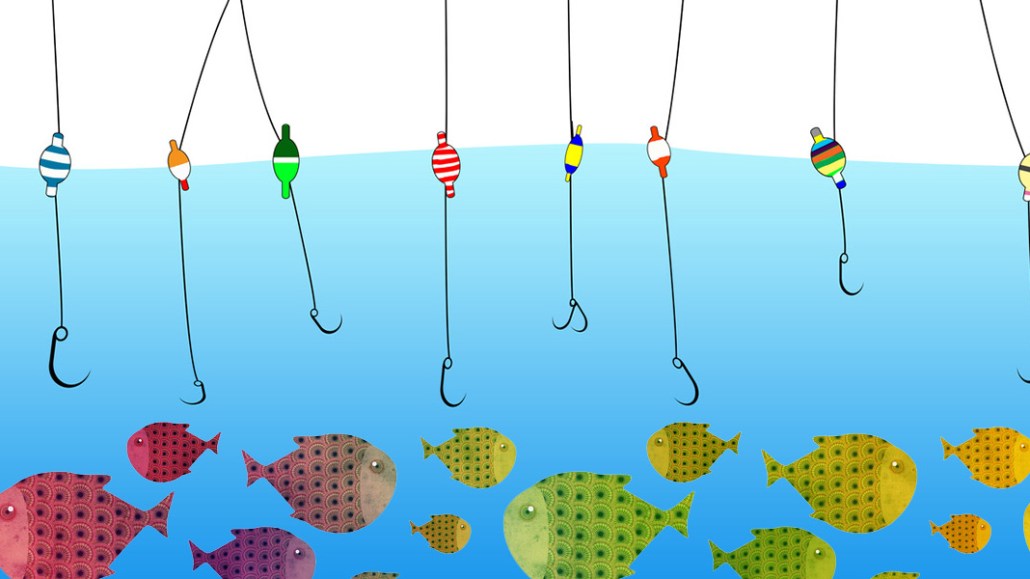‘Too big to ignore’: Future estimates profits of nearly $110 million this year

Specialist publisher Future PLC — which has a string of 177 titles globally on passion points like gaming, cycling, music and photography — is turning into an encouraging success story among the bleak headlines of layoffs, furloughs and closings.
The group estimates profits for 2020 between £78.2 million ($103 million) and £83.2 million ($109.6 million), “materially ahead” of current market expectations, according to its trading update. That’s up from operating profits of £52.2 million ($68.7 million) in 2019. Full-year results will be released Dec. 2. The group reported revenue grew 33% during the first half of 2020, compared with the same period the previous year, to £144.3 million ($190 million).
Future has weathered the ongoing coronavirus crises over the last six months thanks to a broad range of titles and a blended revenue mix of e-commerce, events and digital advertising. Like a lot of publishers, it’s had significant traffic hikes: In August, organic unique visitors in the U.K. and U.S. were up 25% and 40% respectively compared to the prior year, according to Google Analytics numbers via the group.
“[Future] stands out in its confidence and performance,” said independent media analyst Alex DeGroote. “Some of its products skew towards gaming — like Techradar — and gaming has gone nuts in lockdown.” DeGroote added that proof the group is on a growth tear comes from Future appointing Goldman Sachs to act as its corporate broker in July, alongside Numis Securities). “[Future] is becoming too big to ignore.”
While there are signs that programmatic advertising is coming out of the doldrums — CPMs across open exchanges in the U.S. reached a high of $1.35 in August — Future’s advertising revenues have been protected thanls to its specialist titles, which command relative demand from advertisers. As one publishing executive put it, specialist titles don’t see the same boom and bust cycel as general news publishers.
Of course, cost savings also make the numbers look good, sources say. In April 2020, Future finalized buying magazine brands like Marie Claire via the acquisition of TI Media. The integration is on track while “synergies” are ahead of forecast. The group now anticipates cost synergy savings of £20 million ($26.4 million) a year by the end of 2021. According to reports, an unconfirmed number of job losses are planned as part of its next phase of cost-saving. Future took an early decision to close six print titles in early April as footfall in stores plummeted after temporarily cutting freelance budgets. Belt-tightening served it well: In July, thanks to its strong outlook, it agreed to repay its furlough cash.
Also announced Sept. 7., Future is not renewing its licenses of Gizmodo UK and Kotaku UK, which end Sept. 9. The group licensed the pop culture, tech and gaming sites — and launched local versions in 2011 and 2014 respectively — from the now-defunct Gawker Media before the brands were picked up by G/O Media. The rights will now revert to G/O Media.
According to a person familiar with the matter, the terms of the deal were such that it meant the licensed brands stopped being profitable. Gizmodo UK had 580,000 and Kotaku UK 366,000 global monthly users, according to Future’s site.
More in Media

A timeline of the major deals between publishers and AI tech companies in 2025
Here’s a list of all the major deals signed between publishers and AI tech companies in 2025.

No playbook, just pressure: Publishers eye the rise of agentic browsers
For the bulk of publishers, Google is, as ever, the one to watch. It’s already got agentic features within its Chrome browser, but that’s the tip of the iceberg, some say.

The biggest SEO lessons in 2025 for publishers
KPIs are changing, more AI search data is becoming available, and publishers are looking beyond search to grow their audiences and revenue.





